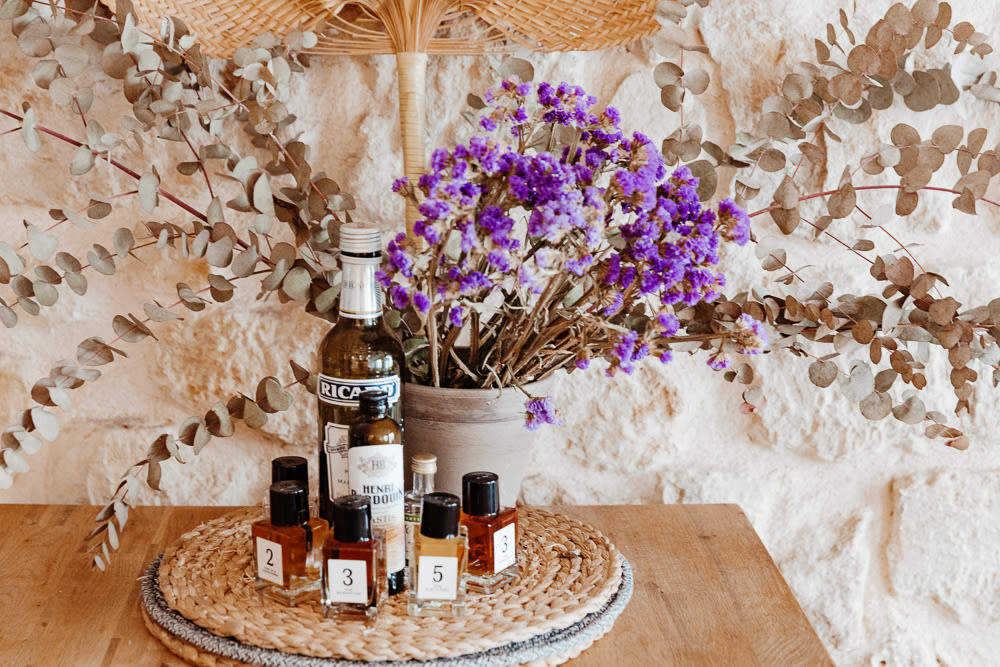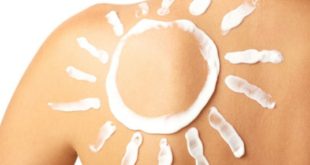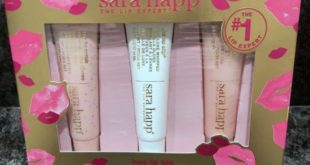
A change in the season usually means a change in everything else, too—for fall, sweaters come out, boots stand at the ready, and an excuse to purchase a brand new scarf is surely welcome. The thing is, I’m not really going anywhere this fall. Autumn in pandemic-world has been less of a time for new wardrobe revelations and more of an opportunity to de-clutter, refine and reshape my environment—and sustainability is first and foremost in mind. My beauty vanity’s been particularly ripe for a rethink.
You might not have thought about your favorite fragrance’s origin story, and how it might affect the environment. The truth is, even the most natural fragrances come with a laundry list of issues such as unsustainable farming practices and overharvesting of limited resources. The 2019 BOF and McKinsey & Co. State Report notes a drive among consumers for transparency around raw materials, product sourcing and sustainable practices. And though that’s become pretty common in skincare, fragrance often feels like the final frontier—not only do brands rarely serve agricultural information alongside their luxe glass bottles, but the elements of fragrance itself are often mysterious, shielded behind a veil of a proprietary designation.
To purchase sustainable fragrance, you’re going to have to define what sustainable means in the fragrance realm anyway. First, disregard the idea that all synthetic ingredients are bad and all natural ingredients are good—it’s about striking a balance between the two, and understanding where to compromise when necessary. You might also want to research into a brand’s supply chain. Not all brands offer this information to the public, but several with particular interest in sustainability do. And finally, you can ask the mighty interwebs whether a brand is working to offset their footprint with initiatives with environmental organizations. A full shift towards sustainability won’t happen overnight, but several brands have begun to define a path towards a socially conscious and sustainable consumption. If you are a scent connoisseur like myself, then investing in sustainably made fragrances is an easy way to put your money where your mouth is, environmentally speaking. It’s still pretty complicated, but to make navigating the category easier, here are some of my favorites.
Luxury fragrance brand Sana Jardin is a great example of a brand that provides clarity and transparency into their production process. The brand’s central notes of orange blossom, jasmine, and rose are distilled using a model of “flower recycling.” Orange blossom, for example, is harvested in a region of Morocco that produces around 900 tons of orange blossom by-product per year. Sana Jardin collects this waste and trains local women how to use it for organic compost—then, the nutrient-rich compost is sold back to their partner Les Aromes du Maroc to enhance future flower harvests. Says founder Amy Christiansen, “This alternative business model illustrates that luxury business can be used to drive social change.” The range comes boxed in recyclable paper packaging, and their bottles (made from 30-percent recycled materials) look just as stunning as a heritage fragrance house’s.
Maison Louis Marie takes a different approach. Their main priority is minimizing the effects of their manufacturing by always opting to use safe synthetics over endangering plant species. Marie du Petit Thouars, perfumer and founder of the brand, shares that, “If using their natural forms would contribute to deforestation, we will always opt to use the safe synthetic equivalent.” In addition to taking stress off of the environment, safe synthetics are less likely to provoke allergic reactions and they allow fragrances to be completely cruelty-free—warm, musky notes are traditionally made from animal sources, but synthetics smell just as lovely.
In terms of packaging, Maison Louis Marie uses recycled papers and cardboards uncoated and stained with soy dyes so they can be completely recycled. The fragrance house also engages environmental organizations committed to increasing sustainability such as 1% For The Planet and the National Forest Foundation. The former works with brands to develop environmentally-friendly business practices. And the latter works closely with the US Forest Service to address the pressing needs of deforestation, helping Maison Louis Marie plant thousands of trees each month. “Reforestation efforts directly impact the decrease of carbon in our atmosphere, forest health and resiliency, watershed health and the protection of the habitats of thousands of species that depend on the national forest habitats,” adds Thouars.
Mass-market fragrances often come encased in plastic—Memoize opts for biodegradable cello wrap instead, and is working on several other innovative ways to repackage fragrance more sustainably. To make their distinctive fragrance bottles, Memoize uses the off-cuts of wood that carpenters traditionally would discard. The caps are then handcrafted by local, UK-based carpenters. Founder Holly Hutchinson notes that keeping it local also helps lower the brand’s carbon footprint by limiting transport in between production steps. “We use suppliers within an 80-mile radius of our factory as everything is manufactured and sourced within the UK, all to keep our carbon footprint to a minimum.” Part of Selfridges’ Project Earth global initiative, Memoize is working to ensure the industry at large transitions to more sustainable practices by 2025. Some of the brand’s commitments are to use materials from sustainable sources, educate the consumer on sustainability issues, reduce greenhouse gas emissions in stores, continue to purchase 100-percent renewable electricity, and provide shoppers with supply chain transparency.
—Nateisha Scott
Photo via ITG



